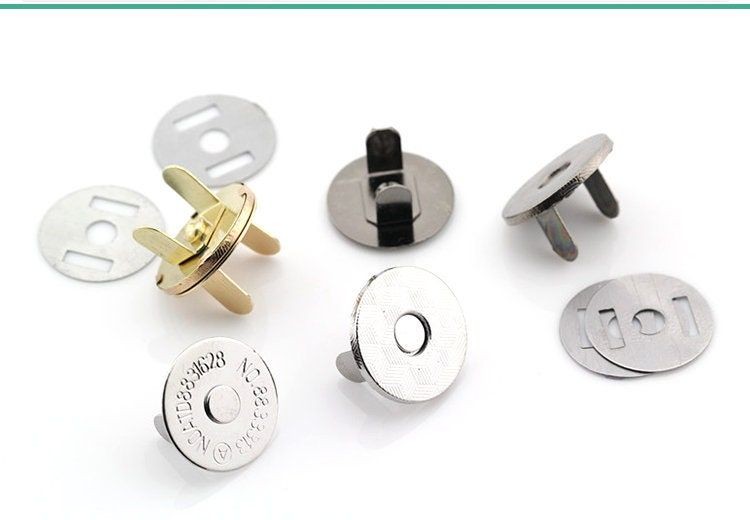Magnetic assemblies are used to retain, lift, or separate magnetic materials in precise ways. By combining particular types of magnets in assemblies, the force of the magnetic assembly can be increased.
Magnetic assemblies can have a wide range of applications in the industrial and manufacturing sectors. They perform duties such as mounting, holding, water treatment, and lifting of sheet metals and metal parts. Magnetic assemblies, such as fridge magnets, can also be utilised for light duty paper holding.
Design of Magnet Assembly
Permanent magnets are created from a range of magnet wholesale materials and each has its unique set of features. Manufacturers may subject the materials to a variety of techniques in order to create magnet assemblies. Ceramic magnets, for example, can be extruded, crushed, or sintered into an infinite variety of shapes.
Magnet makers take a number of features into account when creating magnets. Porosity, ease of production, magnetic retention under heat and corrosion, magnetic strength, and cost are among these features. Manufacturers can create unique magnet assemblies for your benefit. Speak with your supplier to learn more about bespoke magnets.
Magnets of various types
Magnets come in a range of shapes and sizes, with variable degrees of magnetic strength, heat resistance, permanence, and corrosion tolerance.
Magnets are classified into two types: permanent and non-permanent. They can then be further subdivided into smaller groupings, such as electromagnets and superconductors. Furthermore, many magnet assemblies can be classified based on their composition. Ceramic magnets, alnico magnets, rare earth magnets, samarium cobalt magnets, and neodymium magnets are a few examples. Finally, magnets can be classified based on their shape or application. Sheet magnets, bar magnets, strips, and bipolar assemblies are examples of magnets that have been limited to a certain industry or use.
Permanent magnets retain their magnetic without the assistance of external forces, and they do not generate heat or electricity. They are the most often used type of magnet.
An external power source, especially strong magnetic fields, activates non-permanent magnets. They are primarily made of ferrous metal and are used in electronics.
Variations
Electromagnets, also known as electro magnets, must be triggered by an external source of power in order to be magnetic. In this instance, the magnetic field produced by electric currents flowing through tightly wound wire coils is the external source. They can be activated and deactivated at any time. Electromagnets are utilised in a variety of industrial applications, including solenoid valves, biomagnetic separation, alternating current and direct current motors, and electric transformers.
Superconductors are the most powerful magnets. They, unlike the others, lack a metal core and must be cooled at a low temperature. They are generally utilised with heavy-duty gear like MRI machines or magnetic separator machines.
Permanent magnets are ceramic magnets, often known as ferrite magnets. When compared to other magnets, they have a low magnetic power, are exceedingly brittle, and are more readily broken. Ceramic magnets, despite their high cost, are widely utilised in applications such as magnetic tools, magnetic chucks, and motors.
Alnico magnets are permanent magnets as well. They cost slightly more than ceramic magnets. These powerful magnets are similar to ceramic magnets, except they are less brittle, have stronger magnetic resistance, and can be moulded more easily.
Rare earth magnets are more expensive to produce than ceramic magnets. They are, however, far more strong and are far more likely to retain their magnetic. Due to the scarcity of rare earth minerals and the lengthy process of extracting the materials from lanthanide ores, rare earth magnets are often more expensive than non-rare earth magnets.


